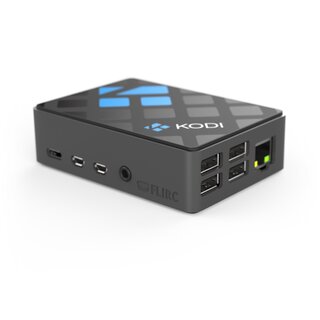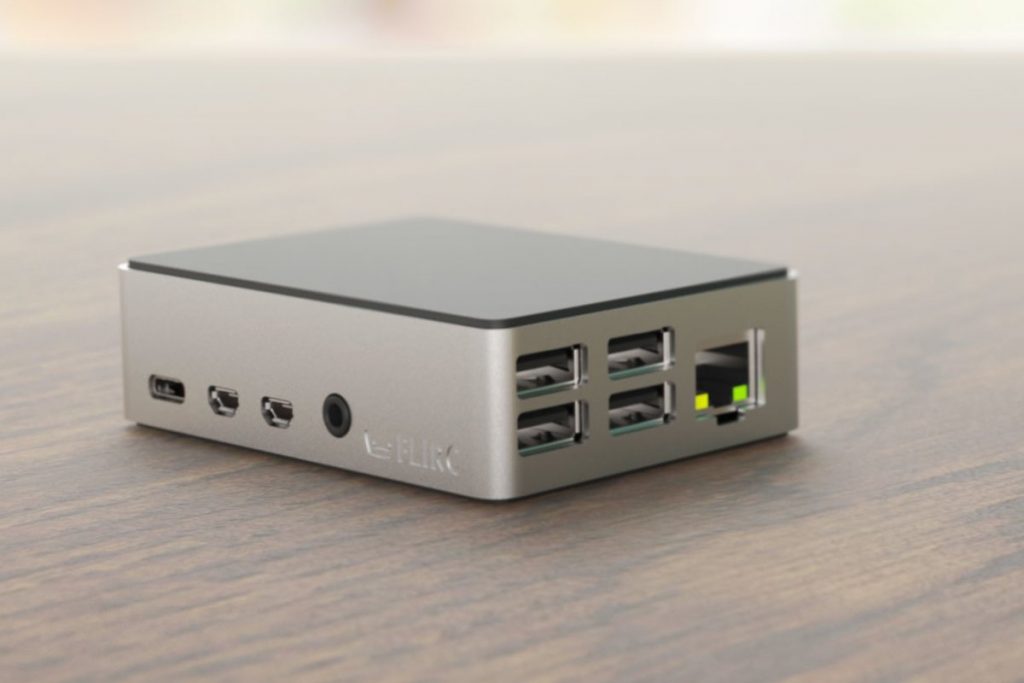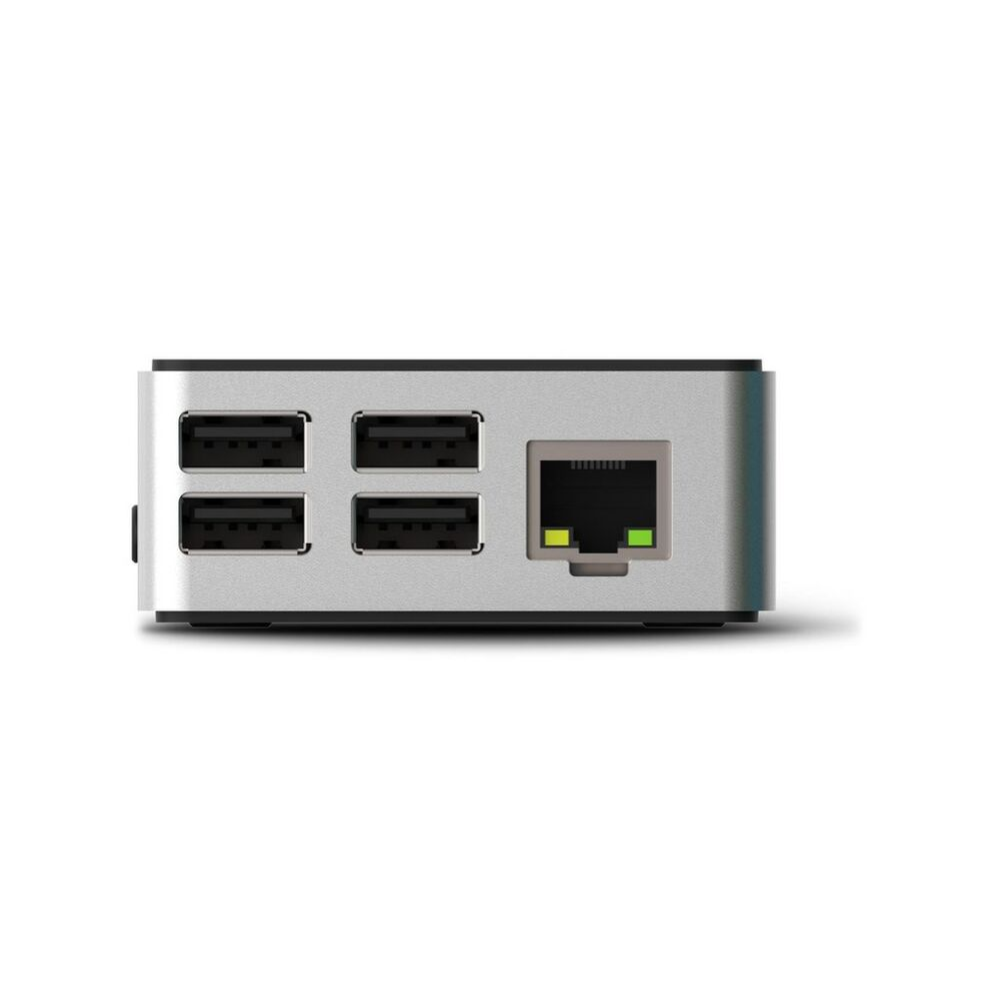

I suppose "Boot" is a loaded and incorrect word in this sense, I should have said "wake" or "bring out of hibernation" or something to that effect. Of course the cost is also dependent on the cost of electricity in your area (mine is around $0.13 per kWh). I've been doing some calculations on the power consumption and cost when RPi 3 is running constantly and it was only a few dollars per year (I don't remember exactly how much, the calculation is somewhere on the forum). I don't have any of them as there's really no need to do that. I don't know if these boards can be adapted to properly work with Flirc SE though. There are some extension boards which add power management functionality to RPi.

This is not enough for properly interfacing RPi with Flirc SE (actually it doesn't add anything helpful in this topic). It looks like it connects the external power supply port directly to RPi, with just a simple hardware power switch in between.
RASPBERRY FLIRC MANUAL
I've read the manual for MEDIAPI+ and the board inside of it doesn't support any of the requirements I've described. The hardware should support power button by itself.

RASPBERRY FLIRC SOFTWARE
It would also probably need additional software running on the Pi which would communicate with extra hardware over GPIO (for example to notify it that the OS has been properly closed and the power can be cut). The hardware should have its own power supply port (which should be used to power whole set instead of RPi's Micro USB one) and probably should also connect to RPi's GPIO pins. To actually use Flirc SE with RPi you'd need additional hardware. There's also no power button support on the board, so it's not directly compatible with Flirc SE - as RPi doesn't support power states you can't control them with Flirc SE. So as long as you have power connected directly to the RPi it will draw it no matter if the OS is running or not. Sorry for the rather noobish question, I am trying to teach myself this stuff as much as possible, I have searched first, and did not see anything that covered this, so if it is covered elsewhere, could you please direct me to it? thanks in advance for any information or guidance anyone is able to give.įirst of all, Raspberry Pi (any version that is available up to this date) does not have any power management by itself at all. So I bought a flirc SE, and I have a couple adapter cables plugged in that allowed me to have the flirc se powered off of the incoming power, and it also splits to power raspbery pi (internal usb cable that came with FLIRC SE going to adapter cable that gives me standard usb plug, going into female usb plug that splits into 1 male, 1 female micro usb) so I have power going to everything, My question is, how do I set the IR remote to "boot" or wake from sleep or wake from hibernate?Īlso, I am assuming I will need to connect one of the power switch pin pairs up to the raspberry pi for the actual boot command to work, Can I connect it to the run pin holes as that does a reset? I have a media pi+ case ( or ) I am not using the onboard IR that came with it, as there's no power to it when the raspberry pi shutsdown. It's basically a universal IR receiver, so can be used with any remote you choose, old, new or Universal! The best part about FLIRC is that it can be used to mimic a keyboard so every media center application understands it without any drivers.First, I want to say, I have covered the issue of no power to the flirc to be able to boot.

Just walk through the super simple setup - pairing individual remote buttons with 'Media Centre Buttons' and you're done.
RASPBERRY FLIRC TV
Configure the device on your desktop PC, then simply plug into your Pi for a perfect media centre companion! Amaze your friends and family when the tiny box stuck to the back of your TV controls your entire media collection using an old DVD remote! FLIRC learns from any remote control, not caring about different vendor protocols. The FLIRC USB dongle allows the use of any remote control with your Raspberry Pi. FLIRC USB IR Remote Dongle for Raspberry Pi Product Description


 0 kommentar(er)
0 kommentar(er)
